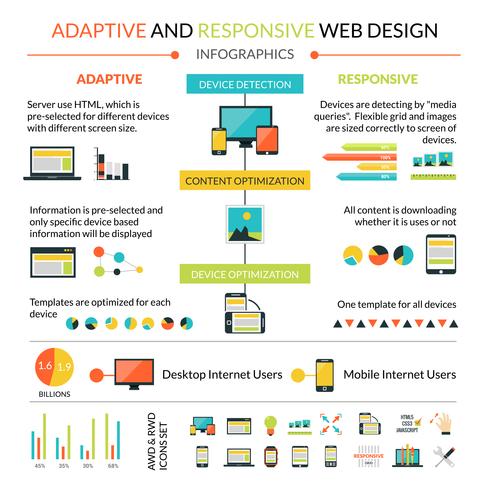Web Site Layout Basics: Tips For Structure A User-Friendly Site
Web Site Layout Basics: Tips For Structure A User-Friendly Site
Blog Article
Write-Up Created By-Wiley Ehlers
When it comes to website layout, making certain user-friendliness is key. From https://www.cmswire.com/digital-marketing/6-best-practices-that-will-improve-your-digital-marketing-strategy/ to streamlined navigating, every component plays a critical role in creating a site that deals with your target market's needs. However what concerning the finer information that can make or damage a user's browsing experience? Keep tuned as we discover some often-overlooked ideas that can boost your site's functionality to the next degree, making it absolutely stick out in the digital landscape.
Significance of Responsive Style
Responsive style is a crucial aspect of contemporary site development. Ensuring your site is receptive means that it can adjust to different screen sizes and devices, providing a seamless experience for customers.
With the increasing use of smartphones and tablet computers to access the internet, having a responsive style is crucial for getting to a bigger target market. It aids in improving customer experience by making your website easy to navigate and read on any tool.
In addition, responsive design can positively impact your internet search engine positions, as search engines like Google focus on mobile-friendly websites. By having Digital Marketing Agency Upwork , you're likewise future-proofing your website, as new tools with differing screen sizes remain to emerge.
Simplify Navigating Structure
To boost user experience and assist in easy access to details on your website, simplifying the navigation framework is paramount. When developing your site, focus on producing a clear and user-friendly navigating food selection that aids site visitors locate what they're seeking quickly.
Restriction the number of menu products to the basics, organizing associated web pages together to avoid frustrating users. Use descriptive tags that clearly show the content of each web page, making it much easier for customers to understand where each web link will take them.
Take into consideration carrying out dropdown menus for subcategories to stop cluttering the main navigation bar. In addition, consist of a search bar plainly on the web page for customers who choose looking for specific info.
Prioritize mobile responsiveness in your navigation design to make sure easy access on all tools.
Optimize Page Lots Speed
Improving page load rate is essential for maintaining visitors on your site. Slow-loading web pages irritate customers and can bring about high bounce rates. To optimize web page lots speed, start by optimizing images. Press pictures without compromising top quality to decrease their data dimensions.
In addition, enable web browser caching to store regularly accessed sources locally, quickening lots times for returning visitors. Minify CSS, JavaScript, and HTML documents by eliminating unnecessary personalities, remarks, and format, enhancing load speed.
Think about using a material delivery network (CDN) to distribute your internet site's material across several web servers worldwide, reducing latency for individuals accessing your site from different locations. Last but not least, restrict making use of third-party manuscripts and plugins, as they can substantially affect load times.
Conclusion
To conclude, by integrating responsive layout, simplifying navigation, and maximizing web page load speed, you can create an user-friendly website that appeals to a larger audience and boosts customer experience. These essential elements make certain that visitors can easily access and browse your site across various gadgets, resulting in raised involvement and contentment. By focusing on these key aspects, you can build an effective site that keeps individuals returning for more.
